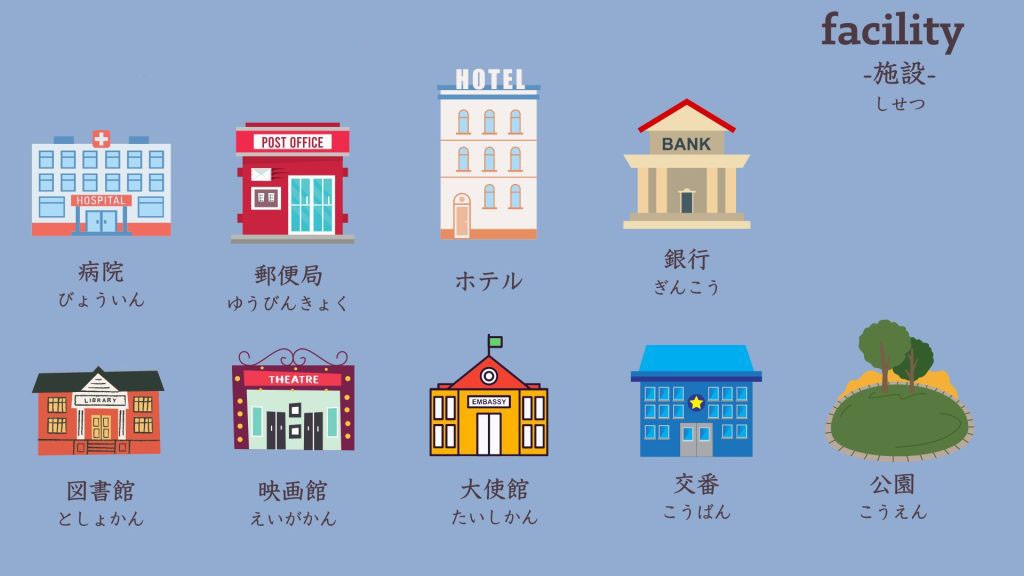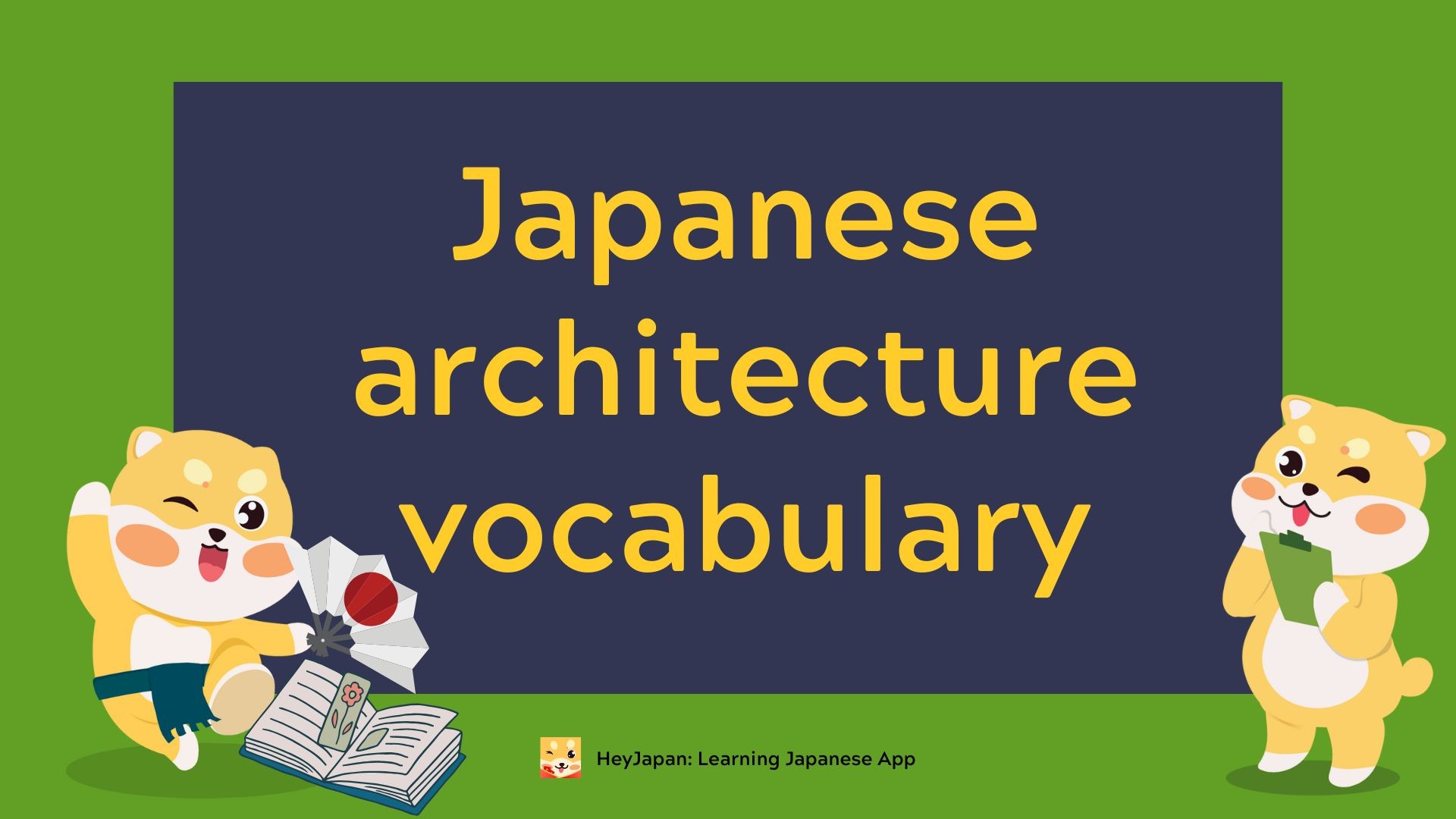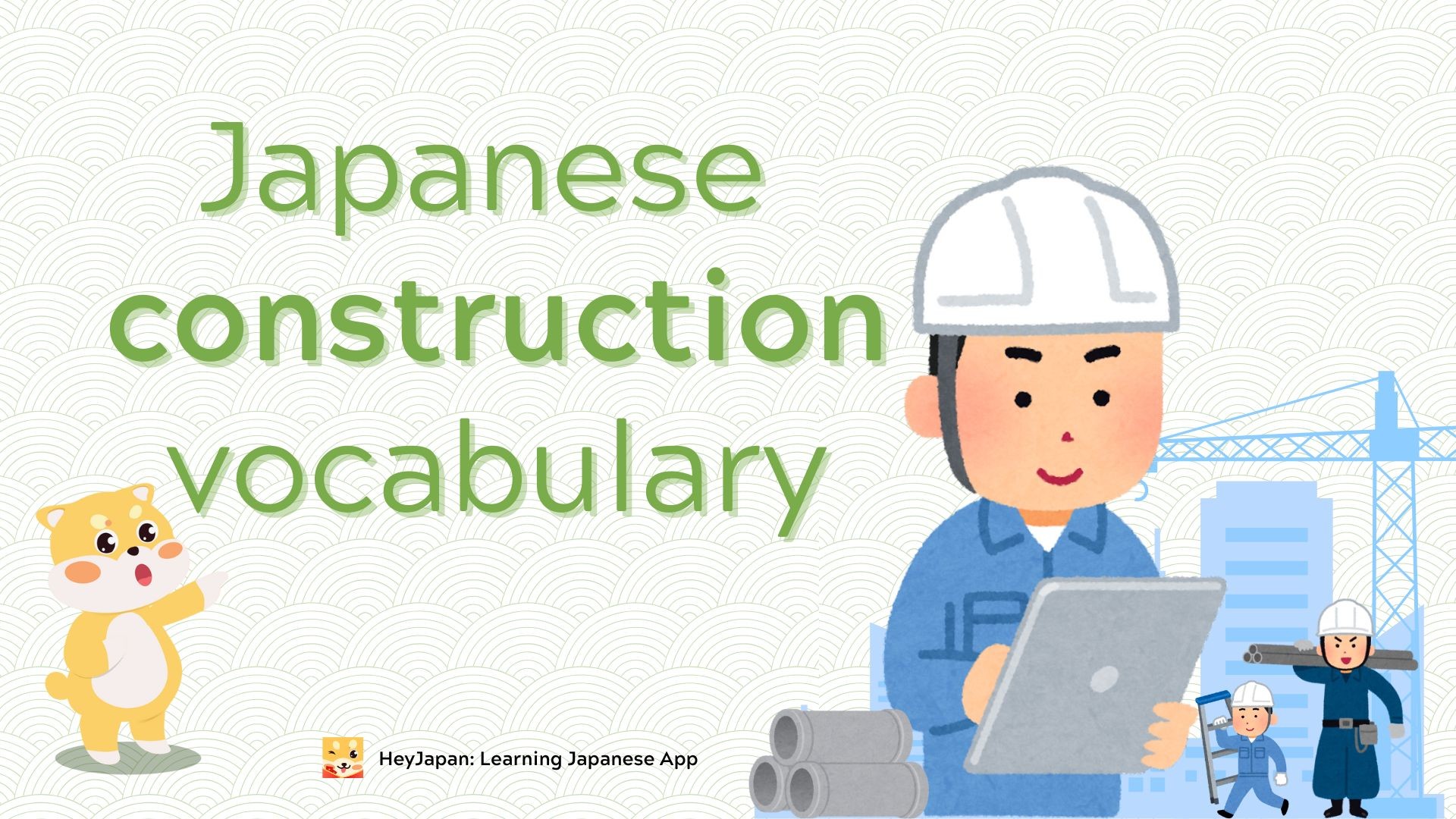- What is Japanese Architecture Vocabulary?
- Top 10 Most Important Japanese Architecture Vocabulary Terms
- Why is Learning Japanese Architecture Vocabulary Important?
- Japanese Architecture Vocabulary List
- 1. Architectural Styles
- 2. Parts of a Building
- 3. Design and Structure
- 4. Types of Buildings
- How to Learn Japanese Architecture Vocabulary
- Benefits of Learning Japanese Architecture Vocabulary
Learning Japanese architecture vocabulary is essential for anyone working in or studying architecture in Japan. Whether you're preparing for an architecture exam, collaborating with Japanese architects, or diving into Japan's unique building styles, understanding key terms in Japanese architecture vocabulary can make a significant difference. This article explores essential vocabulary, provides examples, and explains how to effectively learn these terms.
What is Japanese Architecture Vocabulary?
Japanese architecture vocabulary refers to the specific terms used in the design, construction, and study of buildings in Japan. These terms are essential for anyone involved in the architectural field in Japan or studying Japanese architecture. They encompass everything from the structure of buildings to specific architectural styles, materials, and key elements in design. Learning these terms can help you communicate more effectively, understand architectural designs, and prepare for working in Japan’s unique architectural landscape.
- Example: 構造 (Kouzou) – Structure, which refers to the building’s framework or the physical integrity of a structure.
Top 10 Most Important Japanese Architecture Vocabulary Terms
If you’re planning to work in architecture or design in Japan, mastering Japanese architecture vocabulary is a must. Below are some of the most important terms that you should know:
-
和風 (Wafuu) – Japanese style architecture
Refers to the traditional style of architecture in Japan, known for its simplicity and harmony with nature. -
構造 (Kouzou) – Structure
Refers to the framework or physical structure of a building, including its supports, beams, and load-bearing walls. -
屋根 (Yane) – Roof
The top covering of a building, essential for protection from weather and adding to the building’s aesthetic appeal. -
設計 (Sekkei) – Design
The process of planning and creating buildings, including layouts, spatial arrangements, and functionality. -
基礎 (Kiso) – Foundation
The underlying support of a building, ensuring its stability and durability. -
高層ビル (Kousou Biru) – Skyscraper
A very tall building, typically designed for commercial or residential purposes in large cities like Tokyo. -
文化施設 (Bunkashisetsu) – Cultural facility
Buildings such as museums, theaters, and galleries designed to promote cultural activities. -
柱 (Hashira) – Pillar
A vertical support structure in buildings, essential for the stability of the building. -
壁 (Kabe) – Wall
Vertical surfaces that enclose a space and provide support to the roof, as well as privacy and security. -
洋風 (Youfuu) – Western style architecture
Architecture influenced by Western countries, often incorporating elaborate designs and complex structures.
Why is Learning Japanese Architecture Vocabulary Important?

Mastering Japanese architecture vocabulary provides several key benefits:
-
Improved Communication: Effective communication with Japanese architects, builders, and designers is essential when working in Japan. Knowing the correct terms ensures clarity and avoids misunderstandings.
-
Cultural Understanding: By learning the terms used in Japanese architecture, you will gain deeper insights into Japan’s unique architectural style, which is deeply rooted in history and culture.
-
Career Advancement: Understanding and using architectural vocabulary accurately can help you advance in your career, particularly if you are working or planning to work in Japan’s architectural industry.
Japanese Architecture Vocabulary List
Here are essential Japanese architecture vocabulary words that every architect and student should know:
1. Architectural Styles
- 和風 (わふう, wafuu) – Japanese style architecture, characterized by simplicity, natural materials, and harmony with nature.
- 洋風 (ようふう, youfuu) – Western style architecture, often incorporating European elements and complex designs.
- 現代建築 (げんだいけんちく, gendai kenchiku) – Modern architecture, reflecting innovation and technological advances.
- 伝統的 (でんとうてき, dentouteki) – Traditional architecture, focusing on Japanese heritage and culture.
2. Parts of a Building
- 屋根 (やね, yane) – Roof, a key element that defines the shape and protection of a structure.
- 壁 (かべ, kabe) – Wall, forming the vertical structure of buildings.
- 床 (ゆか, yuka) – Floor, the surface on which people stand, and one of the most important interior elements.
- 柱 (はしら, hashira) – Pillar, a central structural component for supporting beams and roofs.
3. Design and Structure
- 構造 (こうぞう, kouzou) – Structure, the physical framework or skeleton of a building.
- 設計 (せっけい, sekkei) – Design, referring to the planning and creation of building structures.
- 基礎 (きそ, kiso) – Foundation, the base of a building that supports its weight.
- フレーム (fureemu) – Frame, the basic supporting structure of a building.
4. Types of Buildings
- 住宅 (じゅうたく, juutaku) – Residential building, a home or dwelling.
- 商業施設 (しょうぎょうしせつ, shougyou shisetsu) – Commercial facility, buildings designed for business purposes.
- 文化施設 (ぶんかしせつ, bunkashisetsu) – Cultural facility, spaces like museums, theaters, and art galleries.
- 高層ビル (こうそうびる, kousou biru) – Skyscraper, a very tall building, typically used for office or residential spaces.
How to Learn Japanese Architecture Vocabulary
Mastering Japanese architecture vocabulary can seem challenging, but here are effective methods to help you learn:
- Study Architectural Materials: Read books, journals, and articles related to Japanese architecture. There are many resources that can help familiarize you with essential terms.
- Watch Japanese Architecture Videos: Watching documentaries or online videos about Japan’s architecture can introduce you to the proper terminology used in real-world contexts.
- Use Flashcards: Create flashcards using apps like Anki or Quizlet to help you memorize terms more effectively.
- Engage in Practice: Attend lectures, workshops, or events where architects discuss designs, as this will expose you to industry-specific language.
Benefits of Learning Japanese Architecture Vocabulary
Learning Japanese architecture vocabulary will significantly benefit anyone in the field of architecture or design:
-
Enhances Professional Skills: Knowing architectural terms helps you understand design concepts, collaborate more effectively, and apply your knowledge to real-world projects.
-
Improves Communication with Clients: Understanding the terms used in Japanese architecture allows you to discuss plans and ideas with Japanese clients or partners more efficiently.
-
Cultural Competence: Japan’s architectural style is an integral part of its culture. By learning the vocabulary, you’ll be better equipped to appreciate and contribute to Japanese projects.
In conclusion, Japanese architecture vocabulary is essential for anyone working or studying in the field of architecture in Japan. By mastering these key terms, you will be able to communicate effectively, understand designs and plans, and gain a deeper appreciation for the unique characteristics of Japanese architecture. Continue building your vocabulary and integrating these terms into your professional life to enhance your expertise in the field








